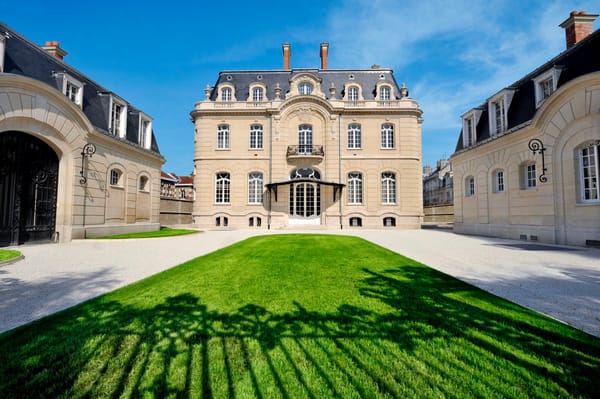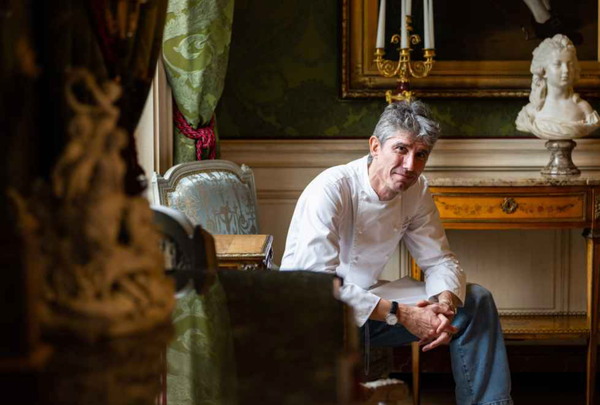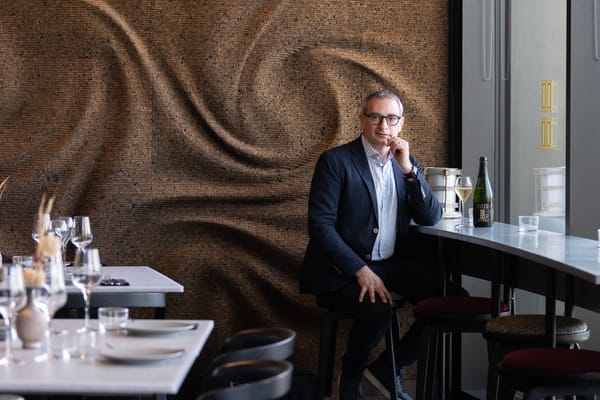Celebrating 500 Years of Cava Excellence with Codorníu
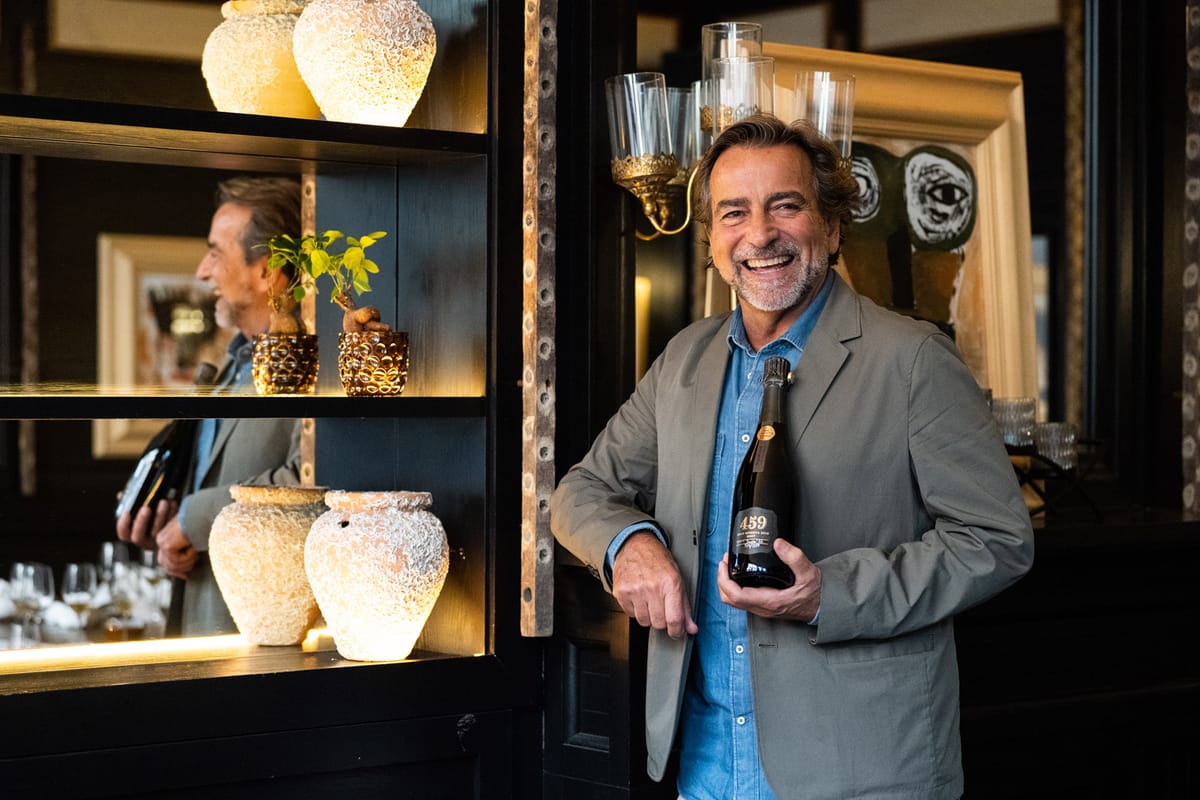
In recent years, Prosecco has taken the world by storm, loved by consumers for its light, fruity style and accessible price point. Yet, perhaps it’s time to reconsider Cava, a sparkling wine that has quietly matured and evolved over the past few years. Though it shares shelf space with Champagne and Prosecco, Cava is often overlooked or misunderstood. Made from the same grape varieties as Champagne (among others), it’s worth exploring the more serious producers, especially Codorníu. Their wines can be wonderfully expressive and rival the price points of premium Champagnes.
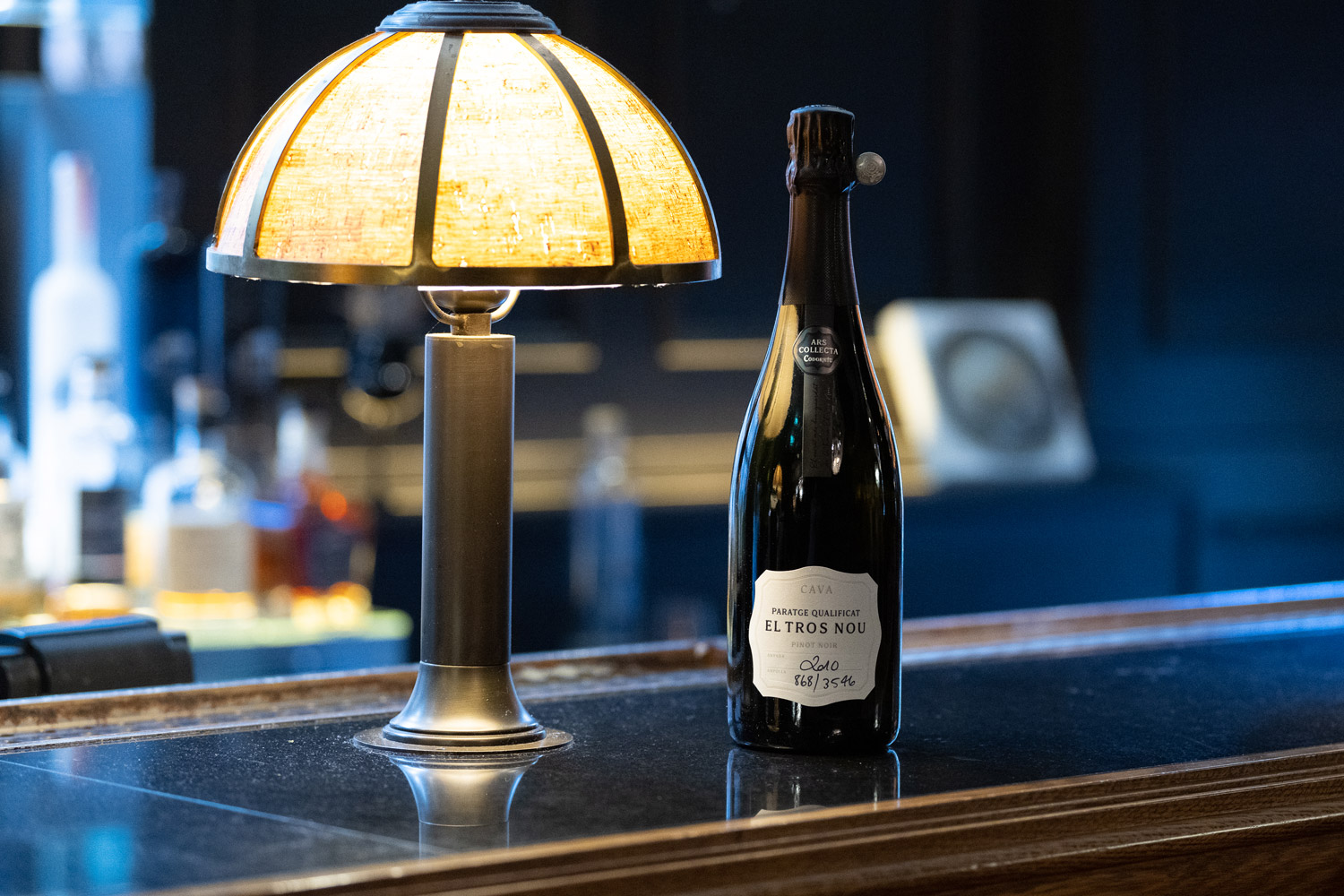
Unlike Prosecco, which is generally made using the more straightforward Charmat (tank) method, Cava is crafted using the traditional method, or método tradicional, the same way Champagne is made. In this method, the second fermentation happens in the bottle, allowing the wine to develop a richer complexity and creamier texture from extended contact with the lees (yeast).
This enhances the flavours of the wines with toasty, brioche-like notes and a delicate, consistent bubble structure. Although Prosecco’s tank method may result in fresh, fruity flavours, it cannot ordinarily produce the same depth of flavour and complexity that bottle fermented sparkling wines offer.
Founded in 1551, the Codorníu family began as winemakers in the Penedès region of Catalonia, establishing themselves early on as leaders in Spanish winemaking. The estate's journey started with still wines, but the family’s shift to sparkling production soon set them apart. In the 1870s, Josep Raventós, a member of the Codorníu family, travelled through France and witnessed the burgeoning success of Champagne. Inspired, he returned to Spain with a plan to create sparkling wines using traditional methods. This marked the birth of Cava.
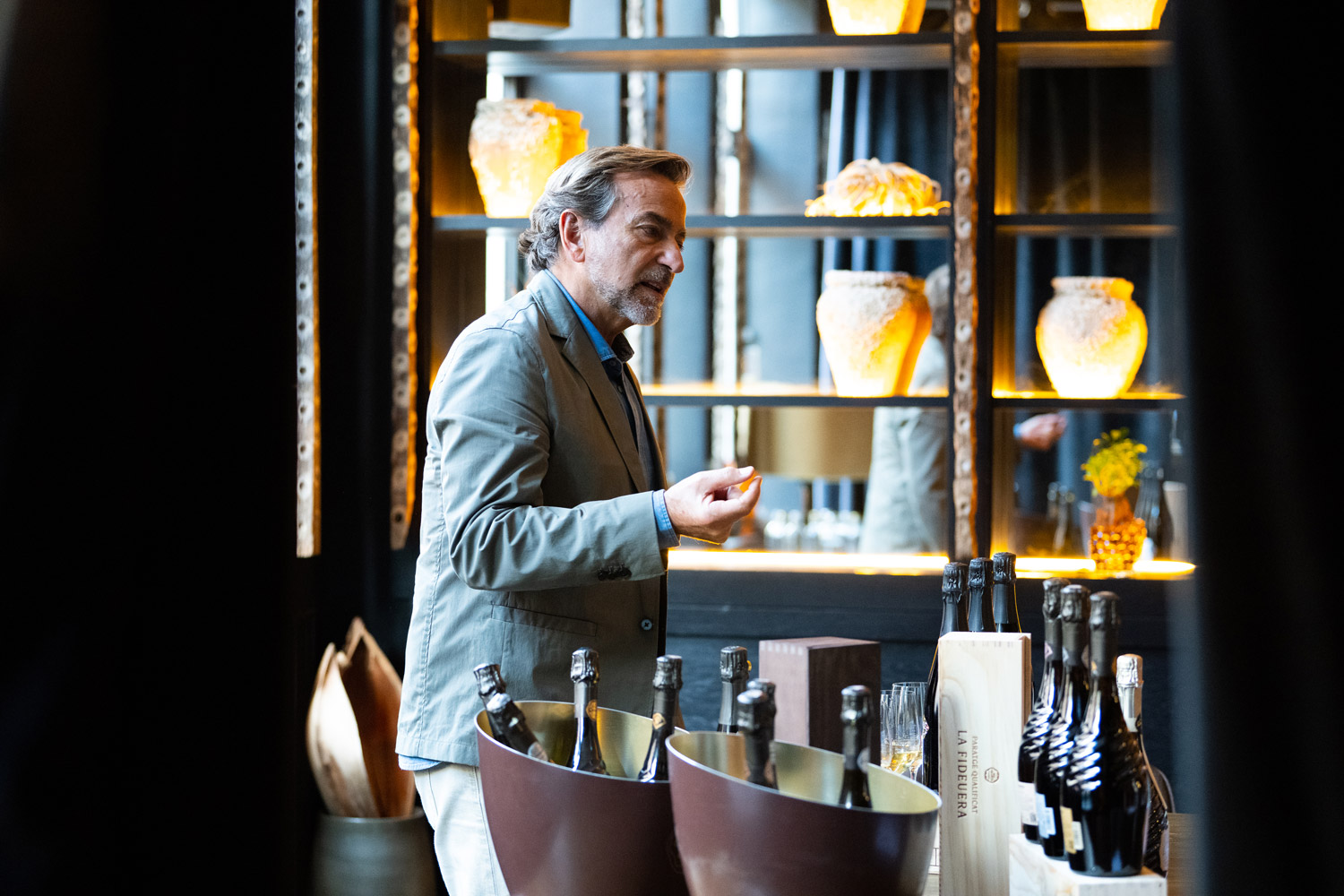
With a Mediterranean climate, the Penedès area enjoys mild winters, warm summers, and a consistent level of rainfall. This allows for consistent grape ripening, while the altitude and cooling influences from the nearby coast help retain acidity, which is critical for creating wines that are made to have the ability to age well. Couple this with Bruno Colomer (the best sparkling winemaker at the 2021 Bacchus Awards) as the technical director, and you have a formidable combination of land and winemaking excellence.
Over time, Codorníu expanded its Cava production, primarily using indigenous grapes such as Macabeo, Xarel·lo, and Parellada. The Macabeo gives a crisp acidity, Xarel·lo provides body and structure, and Parellada adds aromatics. Now, Chardonnay and Pinot Noir are also commonly used, lending their elegance and in the case of Pinot, structure and depth. It can add delicate red fruit flavours such as strawberry and raspberry to the wines. Complexity levels are also raised and in rosé it contributes to the wine's vibrant colour.
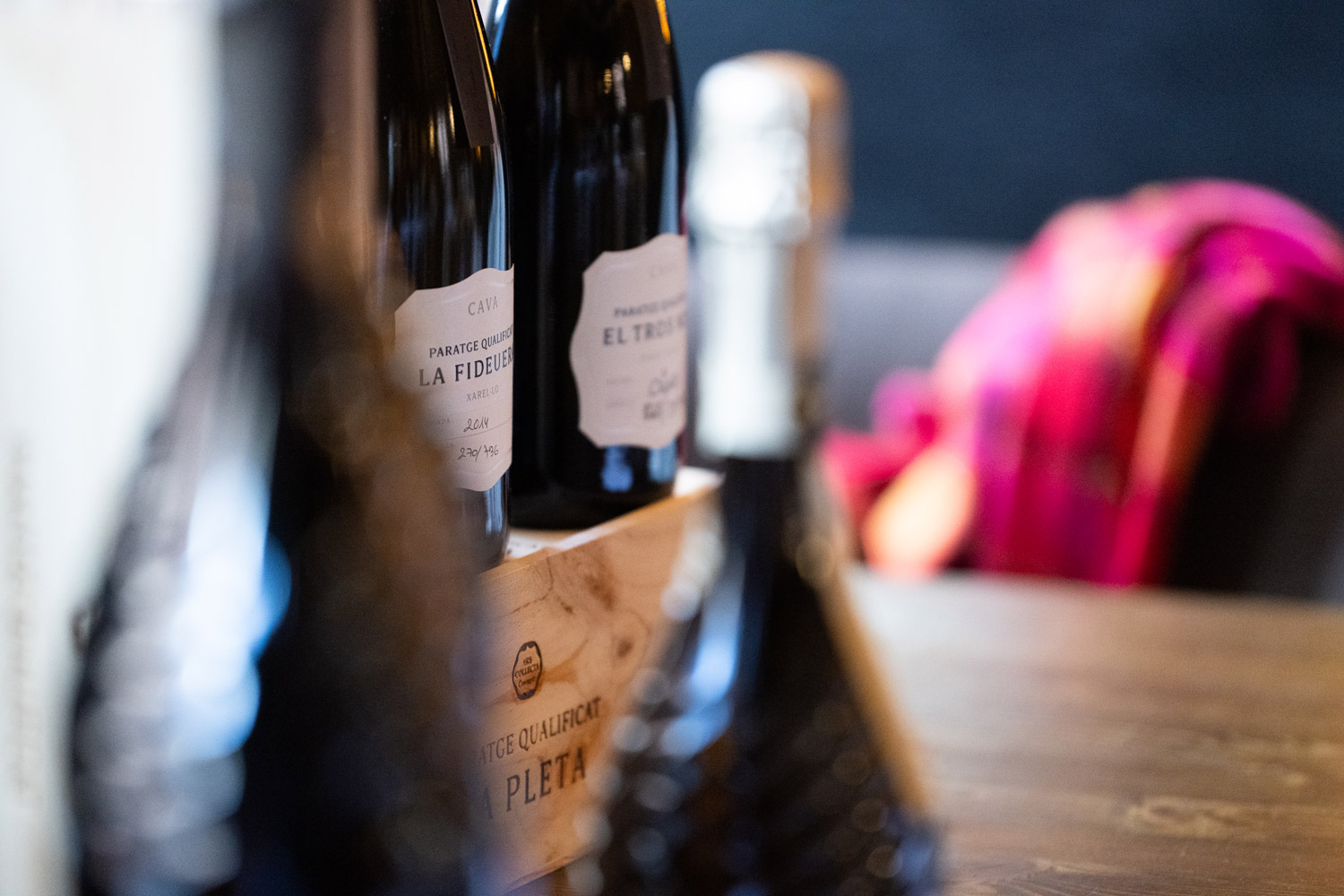
For many, Cava has been synonymous with inexpensive supermarket bottles typically served at parties, a perception that, although perhaps rooted in experiences from years past, has unfortunately tarnished the wine's reputation and relegated it to the bargain shelf. This is regrettable because Cava can be truly exceptional and has the capacity to age gracefully over extended periods. I recently discovered this at a lunch hosted by Codorníu, where I was pleasantly surprised by how delicious the wines were.
By law, Cava must be aged for a minimum of nine months, but Reserva and Gran Reserva Cava often exceed this, with some aged for 36 months or more. This extended ageing imparts greater complexity, with layers of nutty, brioche flavours, and often a creamy, mouth-coating texture that develops over time. I am a huge fan of mature sparkling wines in general as virtually all improve in the bottle over time.
Gran Reserva and Paraje Calificado wines particularly showcase Cava's remarkable ageing potential, preserving an impressive balance of freshness and structure. While many are familiar with the older style of Gran Reserva, Paraje Calificado is a newer, elevated classification in which Codorníu has numerous examples in its portfolio.
It was introduced in 2017, and Paraje Calificado represents the pinnacle of quality within the Cava Denomination of Origin (D.O.), highlighting exceptional single-vineyard Cavas that capture distinct terroirs and adhere to stringent production standards.
The grapes must come from a specific vineyard (paraje) with unique characteristics, where vines are at least 10 years old, and yields are limited to 8,000 kg per hectare. The harvest is conducted manually, and the entire winemaking process, from vinification to bottling, must take place on-site. Additionally, extraction yield is capped at 48 hectolitres per hectare, and these Cavas' must be vintage-dated, ensuring they originate from a single harvest.
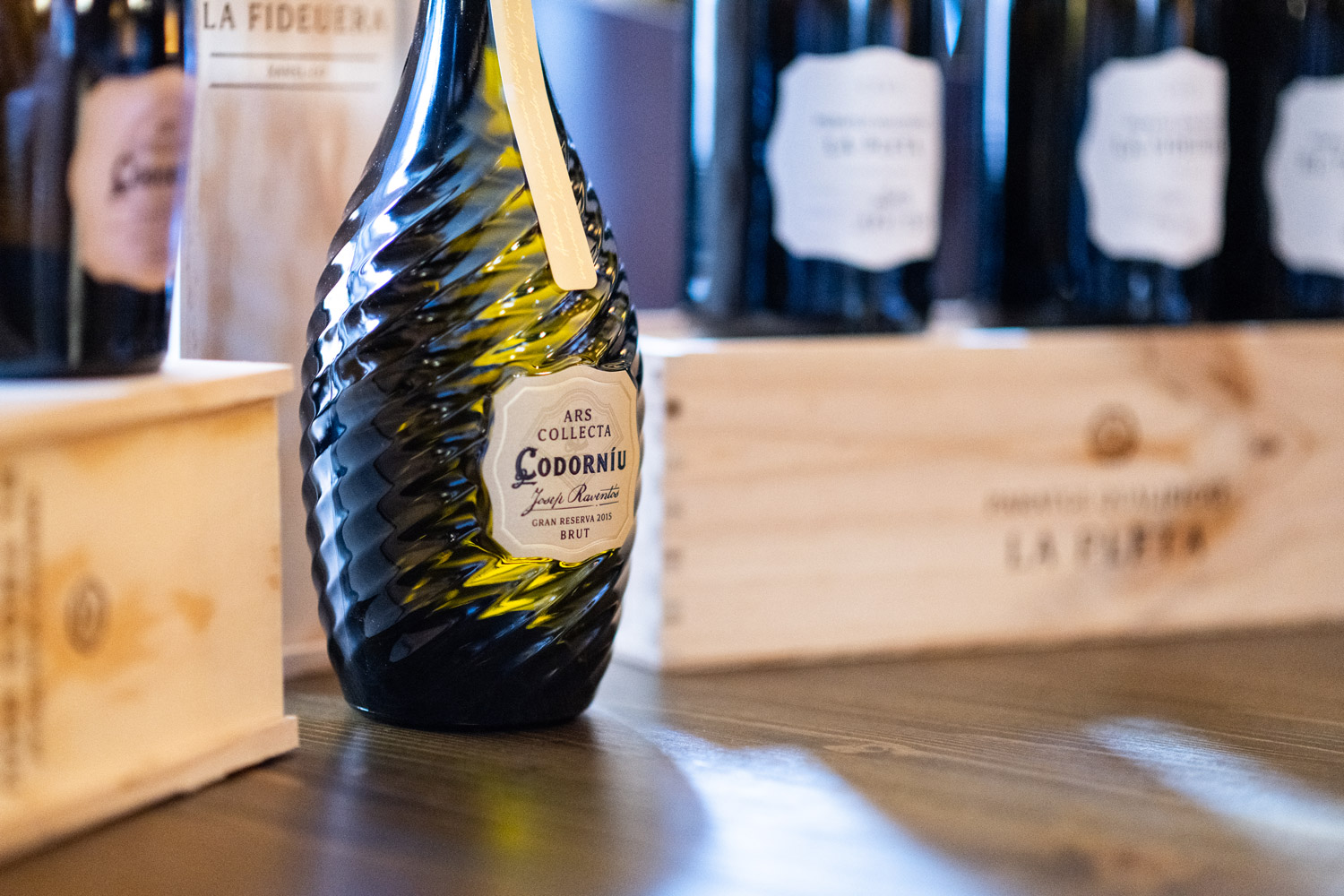
Each Cava de Paraje Calificado must age a minimum of 36 months on the lees, exceeding the ageing requirements for other Cava categories. Rigorous quality assessments, including blind tastings by expert panels, ensure each meets the highest standards.
Over lunch at the excellent Arros QD in London, with Bruno Colomer, I was able to taste through the Ars Collecta, which represents the pinnacle of what the estate produces.
Ars Collecta
Blanc de Blancs Reserva 2021
A blend of Chardonnay, Parellada, and Xarel-lo, this Blanc de Blancs offers inviting aromas of peaches, pastry, and citrus zest. The palate is bright and dry, filled with juicy melon and crisp apple flavours, all balanced by refreshing acidity. Its light, easy-drinking nature makes it highly approachable, and perfect for a variety of occasions.
Blanc de Noirs Reserva 2019
This elegant Blanc de Noirs Grand Reserva marries Pinot Noir, Xarel-lo, and Trepat, resulting in a wine with a crisp acidity and refined structure. The nose unfolds with delicate floral aromas and red berry hints from the Pinot Noir. On the palate, it’s fresh and medium-bodied, delivering a silky mouthfeel and a creamy finish that lingers gracefully.
Grand Rosé Reserva 2021
A blend of Pinot Noir, Xarel-lo, and Trepat, this expressive rosé displays a beautiful light salmon hue. The nose is vibrant with raspberry, blackberry, and forest fruit aromas. On tasting, red fruits take centre stage, complemented by a creamy texture from the fine bubbles. The finish is fresh and elegant, with a smooth, lingering charm.
Joseph Raventós Gran Reserva 2015
This Gran Reserva shows a straw-gold colour with a hint of pink from the Pinot Noir. Fine, persistent bubbles carry aromas of ripe peaches and fresh red berries. The palate is smooth yet lively, offering layers of toast and subtle red fruit notes, finishing with a soft elegance that showcases its ageing beautifully.
La Pleta 2014
From a select plot of Chardonnay vines at 286 meters in Segrià, La Pleta is richly aromatic with notes of peach and apricot. The palate is full-bodied and smooth, enhanced by fine bubbles that elevate its texture. Expect ripe white fruit flavours and a delicate minerality that speaks to its unique clay loam terroir.
Tros Nou 2010
Produced from Pinot Noir grown in the mineral-rich soils of the Sierra de Prades, Tros Nou presents vibrant red fruits, cherry and raspberry, with a hint of herbal complexity from extended ageing. When swirled, subtle mineral and peppery spice nuances emerge. The palate is bold and layered, with candied fruit and toasted notes adding to its depth.
Fideuera 2014
Crafted solely from Xarel-lo, sourced from a 25-year-old vineyard in Penedès, La Fideuera has a pale straw hue with golden highlights. Aromas of Provençal herbs and white peach emerge from the glass, with the palate echoing these fruity and herbal notes alongside lingering toasty accents. The limestone soil lends structure and acidity, enhanced by over 90 months of ageing.
459 Gran Reserva 2010
Celebrating Codorníu’s 459 vintages, this Gran Reserva blends Chardonnay, Xarel-lo, and Pinot Noir from the “Parajes Calificados” vineyards. It reveals the luxurious aromas of toasted brioche, butter, and almonds. It is delicious.
Codorníu’s Ars Collecta range and other premium wines illustrate how far this category has evolved, breaking the mould of the inexpensive sparkling wines often associated with Cava. Through the use of traditional methods, extended lees ageing, and an emphasis on terroir-driven production, Codorníu highlights what Cava is truly capable of: complexity, elegance, and depth. These wines, especially in the Paraje Calificado classification, showcase an excellent level of craftsmanship and quality. As Cava continues to refine its image, I encourage you to rediscover this underappreciated gem. The next time you reach for bubbles, consider raising a glass of Cava, especially one from Codorníu, and experience the sophistication that has been centuries in the making.


